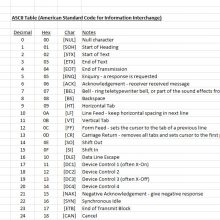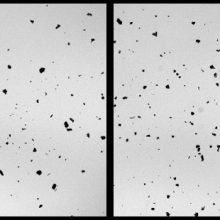ASCII, acronym for “American Standard Code for Information Interchange”, was developed in the 1960’s but is still in important use today. (No matter what people say about RS-232, it’s still the appropriate protocol to use sometimes AND it’s still very reliable!) More often than not, we need access to the ASCII tables when we’re coding our applications in C#. Therefore, the following is a handy reference that we’d like to share with fellow engineers. The standard table has 128 characters, using 7-bits with the 8th bit as a parity check. The term “Extended ASCII Code” is somewhat unclear,
Read More
Equipment and Project Safety – Machine Vision Design and Installation
“Safety First!” – as cliché as it sounds and sometimes even said in humor, it is a very important statement. It is a deep conviction by the employees, managers, and owners of Keox Technologies, that NOBODY will get hurt or injured – employees, customers, vendors and anyone else. Although it’s a 24-hour constant task, one regular activity that we really apply our safety conviction to is during our system installs.
Read More
Measuring Particle Sizes and Process Control – Controlling Size Process using Bhattacharyya Distance
Keox Technologies occasionally encounters a request in measuring particle size distribution. That is, when making measurements on powders, minerals, rice, beans, grains, and even contaminant particles, a specific dimension number isn’t given but rather a distribution (or terminology used more in the Imaging world, a histogram). The challenging part is how to determine if one distribution is similar to the control distribution or if it’s significantly different? How does Process Engineering determine if incoming raw materials are within specification or that the fabrication process is out-of-control? There are many different metrics of comparing – ranging from simple to
Read More



